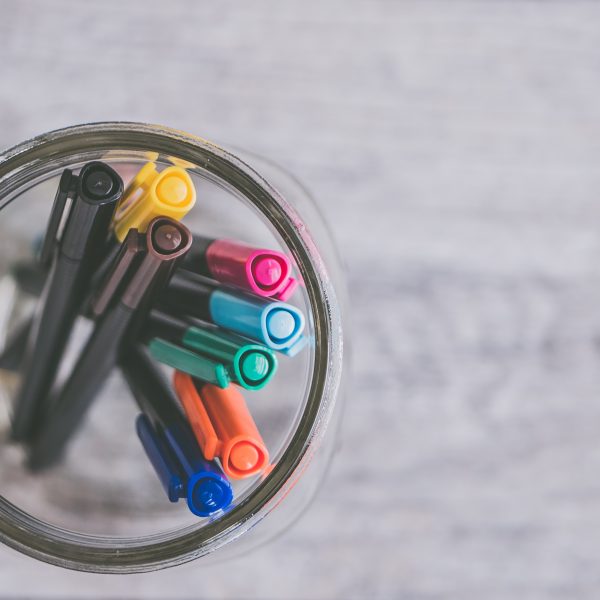Meaningful documentation, validating voices
opinion
The views expressed by contributors are their own and not the view of The Sector.

One of the first articles I wrote for Belonging was in the area of documentation. Three years on I still feel passionately about the incredible privilege we have as educators to depict children’s journeys in written form. Whether you refer to it as an anecdote, jotting or learning story fact, documenting learning in essence is about writing a script – a script about another person’s life. I often think about the script representing chapters in a book, where each chapter delves deeper into a plot, or, in other words, deeper into the life journey of the featured person. Just imagine for a minute someone writing about your life, depicting your everyday happenings. In addition to describing what you did and how, they then analyse every action against a set of industry outcomes. I wonder how we would feel about being this exposed, and perhaps even scrutinised?
In my recent work with educators, I’ve focused my time on encouraging them to think about how children would feel if they knew they were being observed and analysed. If they did know, would they potentially open more windows into their thinking and tell us more about what really drives their interests? It may sound like such a simple thing to do – inform children they were being watched – however, in all of my travels, I am yet to have come across an educator who deliberately engaged children in such a conversation, one where they not only informed children that they were being observed, but one that went to the extent of asking their permission for doing so. Article 12 out of 14 in the United Nations Convention on the Rights of the Child (UNICEF) clearly states that, ‘The child, who is capable of forming his or her own views, has the right to express those views and the right to freedom of thought’. If we took this convention seriously, this privilege should extend to that of being observed in the context of a day care or preschool environment.
Despite the good intentions to focus on quality in our documentation, I believe that we have become so focused on the quantity of what we produce, that somewhere along the way we have lost sight of what is important. With the looming fear of the assessment and quality rating visit just around the corner, our time has been stolen in the whirlwind of compliance. In response to these pressures, I advocate for a deeper level of reflection about our work, and I encourage educators to consider the purpose of documentation as a whole. If it is solely driven by compliance, then I fear that we won’t ever break out of that mentality, and consequently, the quality of what we produce will be compromised.
Compliance does, however, serve a purpose, which is why it is so important to use standards as a reference point, especially when it comes to considering ownership of documentation. If we take a closer look at Element 1.1.6 in Quality Area 1, Educational program and practice, it clearly recommends that we focus on fostering each child’s agency and enable children to make choices of their own accord. These choices must go beyond setting up an environment for play. Agency is about respecting that children can drive these decisions themselves, and therefore our documentation must be a representation of this.
I am often asked how to get ‘documentation right’. Frustrating as it may sound, there is no right recipe for documentation, as it is a contextualised process, and is representative of the moment we put pen to paper. What I do recommend, however, is that we engage children in the documentation process itself. Rather than standing back and taking random photos of children at play, and jotting down what they say, it would be more valuable to engage children in a discussion about why what they are doing is so important to be documented, and perhaps even photographed. In the case of this example, documentation could look very much like the following:
This morning, I joined Minh in the craft area, and together we talked about all the different resources we had on our trolley; feathers, foam shapes, coloured paper, glue and scissors. I informed her that I was very interested in how she was going to use these resources, and asked if she minded if I jotted down this information on my iPad to use in her portfolio. She confidently responded, ‘Yes, but can I take my own photo?’ Minh had seen me earlier in the day taking photos in the sandpit. ‘I am making a card for my mummy; it’s her birthday. It’s a surprise. Don’t take photos cos she will see it.’ We sat together and talked about what she wanted to use for the card, and she was very focused on making sure she had enough red, as that was her mum’s favourite colour.
The above is just one example of the better ways we can demonstrate children engaging with resources, and how we can use documentation as a valuable chapter in Minh’s learning journey. Had the educator in question merely started taking photos from a distance, or written the story in the daily reflection distributed to families that day, she would have spoilt the surprise, which would have been devastating. The main message to be taken away from this example is that this educator thought carefully about engaging with the child in a way that was open and honest, and in return, she was able to gain a deeper insight of what motivated her to use the resources in the first place.
In summary, since the introduction of the Early Years Learning Framework and National Quality Standards, documentation has evolved and been reshaped in many ways. Regardless of how this has occurred, we have an obligation to ensure that the reshaping does not take away from the meaning and purpose of the process itself. After all, documentation done well validates young children as capable decision-makers equipped with skills to resource their own learning, and that is the story that we should focus on telling.
This article originally appeared in BELONGING EARLY YEARS JOURNAL-VOLUME 5 NUMBER 1. 2016 and is republished here with the authors permission.
Popular

Policy
Economics
Jobs News
Provider
Workforce
Children’s Services Award changes finalised to address gender-based undervaluation
2025-12-12 06:58:10
by Fiona Alston

Economics
Provider
Quality
Jobs News
Policy
Practice
Workforce
The year in review: 2025's most impactful ECEC news stories and shifts
2025-12-16 07:32:18
by Fiona Alston

Quality
Workforce
Practice
Provider
Caring for children after community tragedy
2025-12-15 08:28:17
by Fiona Alston
















